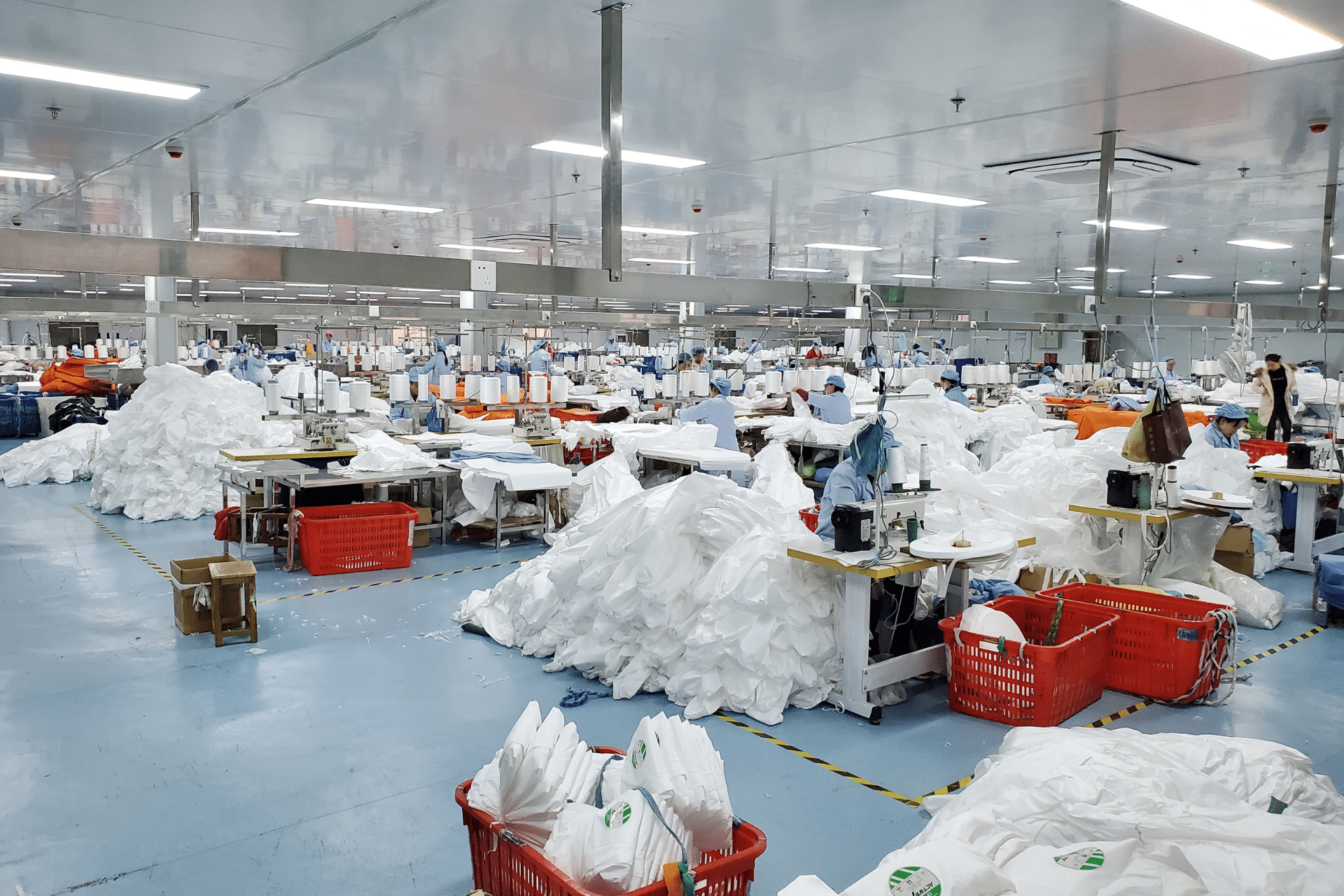Ah, the unsung hero of the industrial world – the disposable coverall. Ever wonder what it’s made of, and more importantly, why?

Introduction to Disposable Coveralls
Picture a bustling factory, with workers engaged in tasks that demand protection. Now, imagine the invisible shield that keeps these workers safe, especially in challenging environments. That’s where disposable coveralls come in.

What is Polypropylene?
At its core, polypropylene is a type of plastic. But it’s not just any plastic; it’s one that’s tailor-made for toughness. Dive deeper, and you’ll see why it’s the superhero material for protective clothing.

Properties of Polypropylene
Polypropylene boasts a series of impressive properties. For starters, it’s incredibly resistant to many chemicals, making it a preferred choice for places where spills and splashes are the norms. Ever noticed how some materials break down or dissolve in certain environments? Not polypropylene!

Polypropylene vs. Other Materials
When stacked up against other materials, polypropylene emerges as a clear frontrunner. While cotton might be breathable and polyester might be durable, polypropylene combines the best of both, with the added bonus of chemical resistance. Impressive, right?

Benefits of Polypropylene in Coveralls
Let’s talk specifics. Why are industries around the world singing praises about polypropylene coveralls?
Strength and Durability
These coveralls are not just for show. They’re designed to withstand rough use, be it in construction sites or in laboratories. The strength of polypropylene fibers ensures that they don’t tear easily, making sure that safety isn’t compromised.

Resistance to Chemicals
Ever spilled something on your clothes and watched in horror as it stained or even burned through? Polypropylene coveralls act as a formidable barrier against many chemicals, ensuring that workers are well-protected.

Cost-Effectiveness
Here’s the cherry on top: they’re cost-effective. Getting superior protection without burning a hole in the pocket? That’s the polypropylene promise.

Real-world Applications of Polypropylene Coveralls
From the pharmaceutical sector to the petrochemical industry, these coveralls are everywhere. Workers in hazardous environments rely on them daily, making them an indispensable tool in the safety arsenal.

Environmental Impact and Sustainability
While polypropylene coveralls are heroes in the safety department, it’s essential to address the elephant in the room: sustainability. Being a type of plastic, there’s a need for responsible disposal. Fortunately, the industry is taking steps towards recyclability and reducing environmental impact.

Conclusion
In the vast world of materials, polypropylene stands out as the choice for disposable coveralls in demanding environments. Combining strength, resistance, and cost-effectiveness, it’s a material that truly matters.
FAQs
- Are polypropylene coveralls suitable for all industries?
- While they are versatile, it’s essential to assess specific industry needs and hazards before making a choice.
- How are polypropylene coveralls disposed of?
- Most can be recycled, but it’s vital to follow local regulations and guidelines for disposal.
- Can these coveralls be reused?
- While they are durable, they are designed for single-use to ensure maximum protection.
- Are there any allergic reactions associated with polypropylene?
- Polypropylene is generally considered hypoallergenic, but it’s always best to check with users and conduct patch tests if necessary.
- How do polypropylene coveralls fare against biological hazards?
- They offer protection, but for biological hazards, it’s crucial to ensure that the coverall is certified for that specific use.











